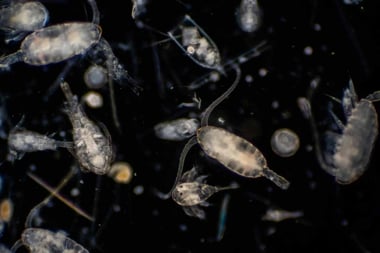Digging a Deeper Hole
It's been almost twenty years since the Montreal Protocol on Substances That Deplete the Ozone Layer, yet the recovery is not as expected the seasonal hole in the Arctic's ozone layer has never been bigger, and it's not just due to the use of man-made chemicals
It's been almost twenty years since the Montreal Protocol on Substances That Deplete the Ozone Layer, yet the recovery is not as expected the seasonal hole in the Arctic's ozone layer has never been bigger, and it's not just due to the use of man-made chemicals.
Most of the world has been doing a steady job of eliminating ozone-destroying chemicals. In Canada, for instance, consumption of CFCs and halons had decreased 95 percent by 1996. A number of other chemicals have been added to the list of controlled substances over the years. Most of the industrialized countries have been quick to comply with this expansion of the list of chemicals to be phased out, although the United States continues to apply for exemptions that will allow it to go on using methyl bromide.
However, the main culprit in this case appears to be climate change. Increasingly intense cold over the Arctic leads to the formation of polar stratospheric clouds. These clouds and the accompanying cold actually hasten the destruction of ozone despite our efforts to reduce chemical use.




